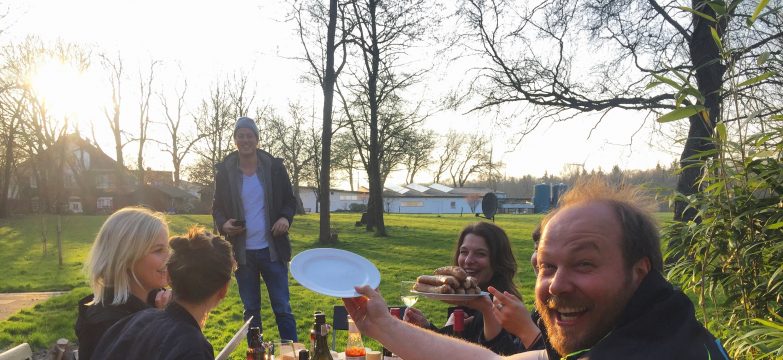This article is part of our written series that introduces and explores small businesses that align with the FEC mission of encouraging local food makers and producers. This series hopes to serve as a resource and as inspiration for other industry folk in sharing the stories of local food entrepreneurs in the Brandenburg area.
by Kathe Kaczmarzyk
Know where your food comes from. Time and time again, this statement is in constant reverberation in our daily lives. Local, bio, sustainable, farm fresh; all terms that have been tattooed in sight and on repeat in our minds. So we funnel to farmer’s markets and do the best we can to buy “in-season” produce. We are drawn to staggered stalks of ruby rhubarbs as the weather starts to make us peel off our sweaters, fresh cuts from the local butcher, and colors that start to make us believe the world is real again. Yet, local and seasonal should be more than just your produce and protein. We have to start taking a look into the food communities and food producers existing around us and the products spread throughout our kitchen. So let’s talk about Germany and let’s talk about cheese. Cheese is seasonal. Cheese is more than just that plastic wrapped dairy at your nearby bio supermarket. Cheese has a history, a terroir, and cheese is a part of a larger food culture. So on two lovely days in April, we set out on a journey to Nord Friesland to visit Backensholzer Hofkäserei, a family-run German cheese company. Not only do they produce some quality raw cheese but alongside have their own dairy cows, farm, and large future goals of growing into a full circular, self-sustainable economy.
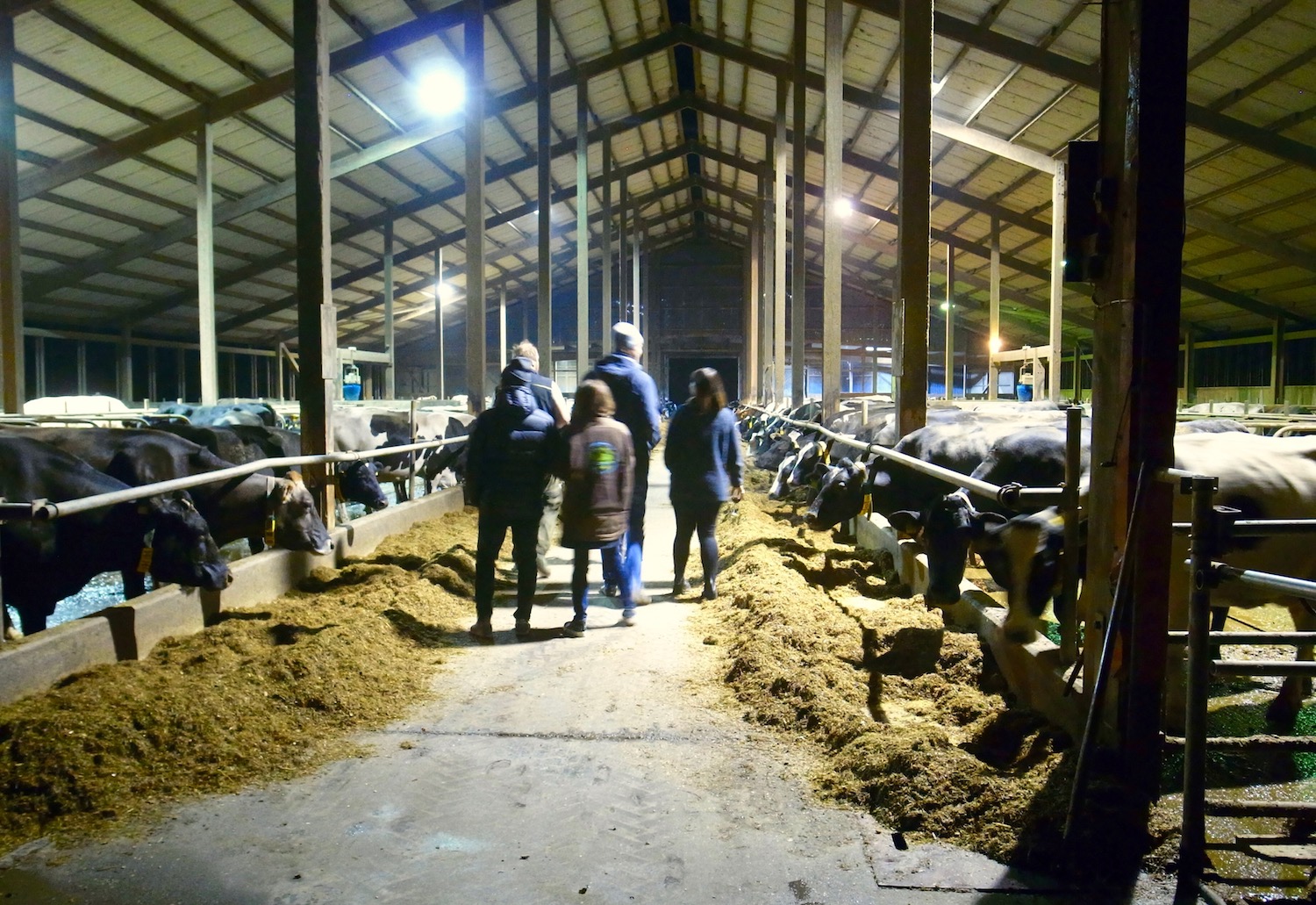
Two brothers, Jasper Metzger-Petersen, who focuses solely on the agricultural side of things and Thilo Metzger-Petersen, who is overseeing the cheese production, run Backensholzer Hofkäserei. Taken over from their parents Martina and Ernst in the 90’s, Jasper and Thilo are growing Backensholz into more than just a farm and cheese producer. With the goal of becoming completely self-sufficient (they already have their own biogas set-up), Jasper is constantly thinking of different methods involving growing and expansions of farming practices meanwhile Thilo is working towards efficient cheese practices and experimenting with producing completely natural cheeses. If that wasn’t enough, in addition Thilo is conceptualizing a restaurant to be constructed on the farm – launching in the near future – where guests can eat a meal and equitably experience the life of everything they’re consuming right on the farm.
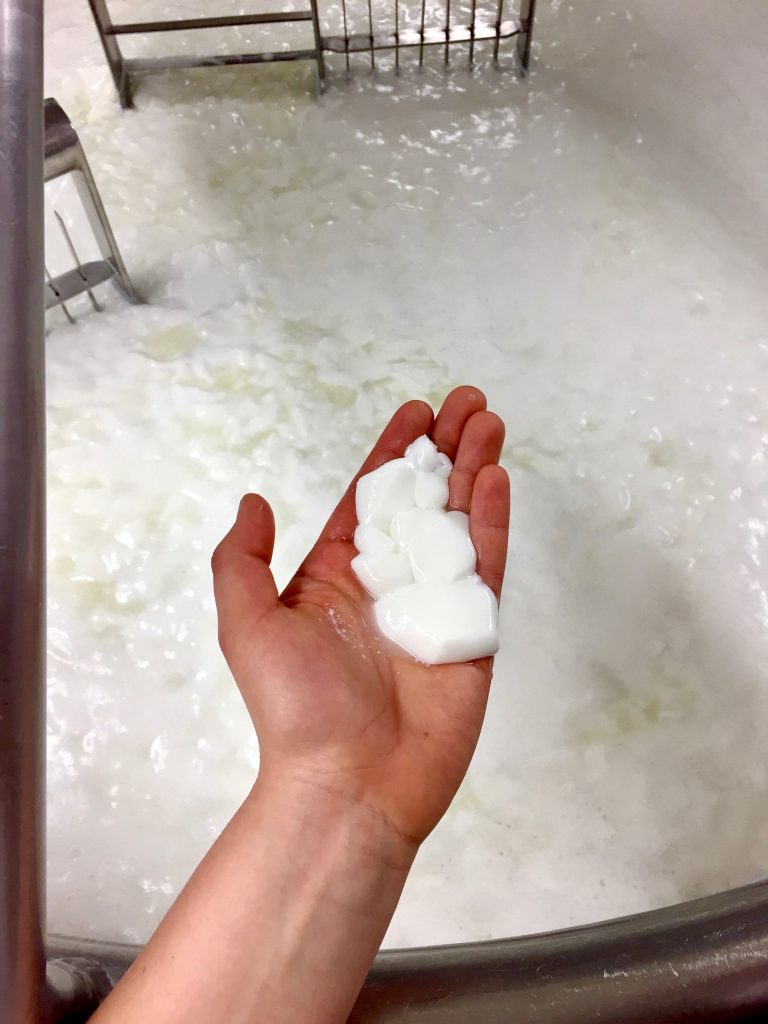
So what makes raw milk cheese different from said plastic wrapped cheese lying at your local supermarket you may ask? Well first let’s discuss the difference between unpasteurized (raw) and pasteurized milk. Unfortunately because we’ve counted our blessings in a growing industrialized food system, getting our hands on raw milk may not be so possible at times. It’s not impossible but it takes some seeking out. The beauty of raw milk lies in its virtuous quantity of vitamins, minerals, complex proteins, and enzymes available found within it. Raw milk also contains it’s own lactic acid producing bacteria. The reason raw milk “sours” is a protection mechanism, whereby the lactic acid bacteria transform the sugars to prevent pathogenic bacteria from entering the mix. The danger in raw milk lies in the farming practices and life of the animal from which it comes. Jasper focuses fastidiously on his cows, what they are eating (literally down to the grains they consume), how they are doing, and the life that they are living. It really is a sight to see such happy cows! Though one doesn’t have to see it to believe it because the immense amount of care is reflected in the taste of the milk and the cheese.
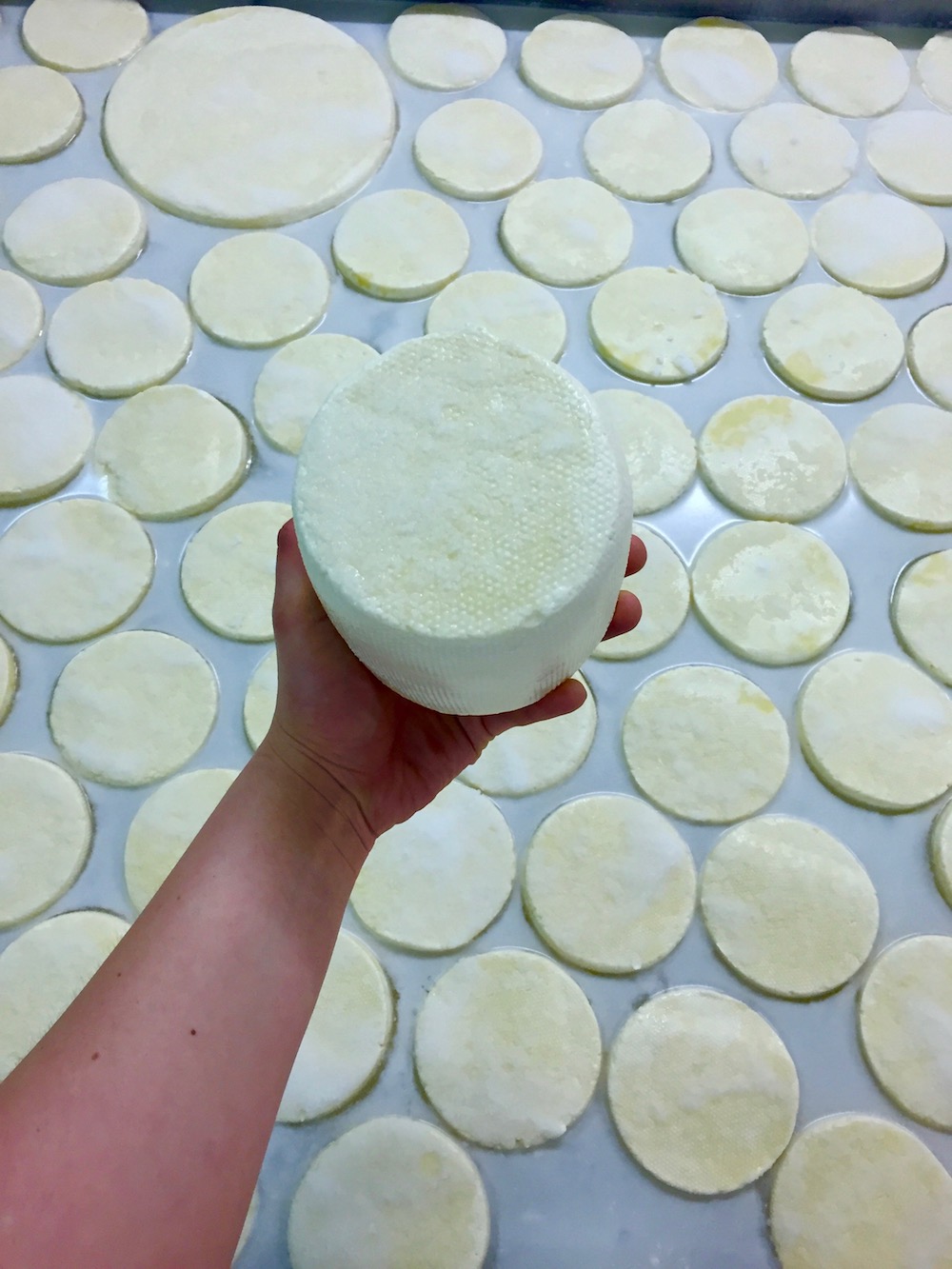
Through excessive industrial needs, it’s no wonder milk fell into the hands of pasteurization. When one manipulates farming practices and don’t properly tend to animals, it should come as no surprise that an unhappy cow with a manipulated diet will produce raw milk that can lead to issues for those who consume it. Pasteurization was initially invented to kill E. coli and other pathogens in cow milk, which started to appear through a more commercialized production of milk. With improper dieting conditions and a higher production of milk, it makes it difficult to truly monitor raw milk so pasteurization became the “solution”. However, pasteurization doesn’t necessarily protect us from disease; it strips us of vital nutrients available in milk and causes strain to our digestive systems. It also strips milk of its’ lactic acid producing bacteria, leading milk to not turn sour but to instead go putrid (a huge distinction!). So when raw milk is soured – or aged – milk, butter, and cheese make the dairy more digestible for us and allow our bodies less strain in obtaining the vitamins and minerals within these products.
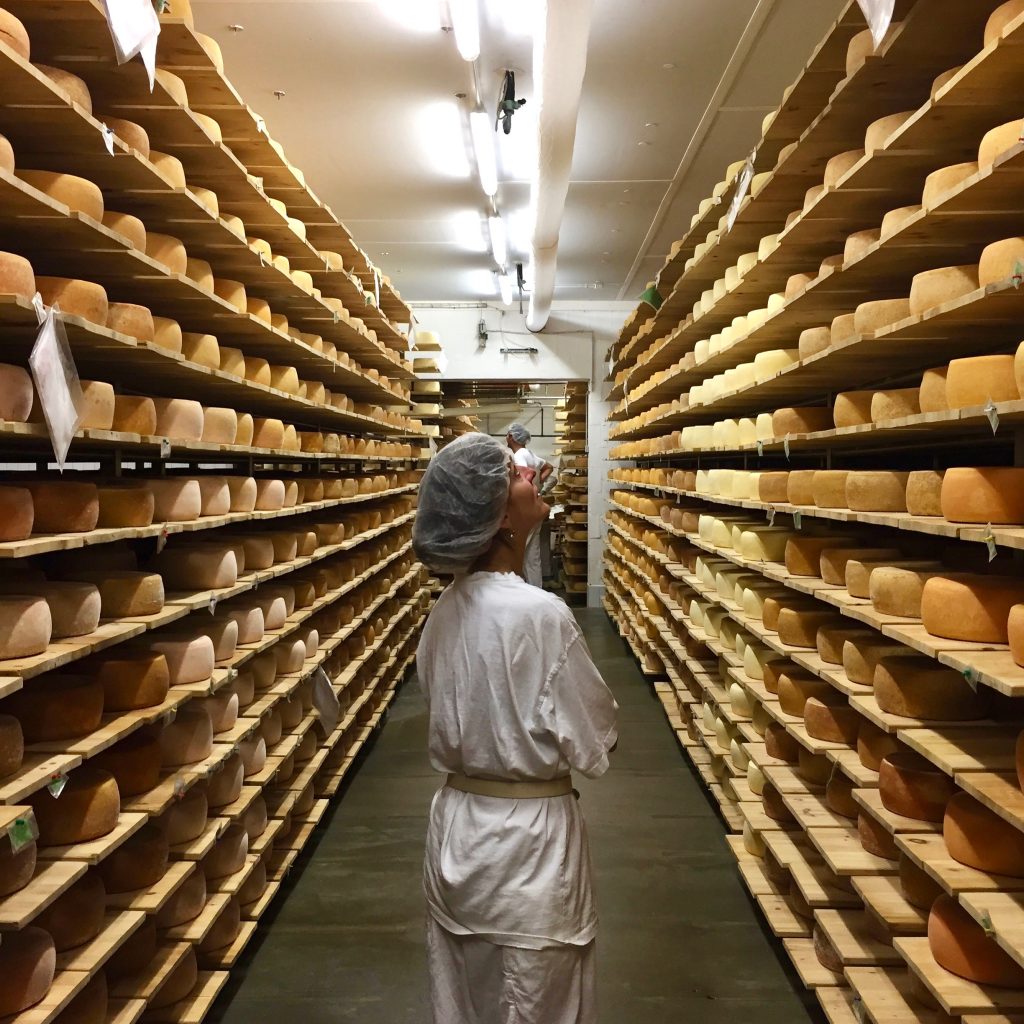
Before the sun has even had a chance to start rising, cheese production is in full swing back at the farm. Cheese production at Backensholz can start as early as 3am depending on the day. The cows are milked that morning and the fresh milk runs straight to the cheese production site to transform from a spectacle of fresh raw milk to something truly spectacular: cheese. Ready milk makes it’s way up to large vats on a higher level where the master cheese makers resides. This is where the rennet and bacteria are added to milk and the cutting of the curds takes place (a vital step in cheese making). The addition of rennet makes the milk coagulate, allowing milk proteins to solidify and transform into curds. These large vats contain rotating blades, which cut the curds and further the separation of curds from the whey (each cheese varies on the size of curd, soft cheeses are cut into larger curds and harder cheeses smaller). Depending on the cheese that is being produced, the master cheese maker keeps a watchful eye on the milk from the point the rennet is added to when the milk has curdled and is ready to be cut. Finally, the curds are ready to be sent down to be pressed into molds and continue on the cheese journey. From brining baths (baths that Backensholz has used for almost 12 years now) the fresh cheese rounds are stacked in various temperature controlled aging rooms. The most stunning sight is the aging room filled with rows upon rows of lovely wheels of Deichkäse. Difficult not to get lost within wooden boards housing the cheeses (that have been brought over from Switzerland) and the affineurs (cheese makers) throughout the rows washing rinds and turning wheels, the sensational smells of aging cheese was delightful.

Then came breakfast, we had our cake and ate it too.
Visiting Backensholz changed my mind and really opened my eyes to the cheese that they are producing. It’s one thing to be selling cheese where you have direct information from your cheese producer about their product, yet it’s a whole other experience to go discuss and really see the daily process. In the consumer’s eyes, local products aren’t cheap so sometimes it takes a bit more information to expose to the consumer what is truly special about this product. Being able to have this experience as a cheese monger is very vital to make sure the hard work and dedication can come through in every aspect. Locals to the farm can buy cheese and other various products from Backensholz’s own Hofladen on site, but for Berliners Backensholz cheese is being sold by local cheese stand Alte Milch at Markthalle Neun. We have to believe that being a part of grass roots movement can make a difference. That those who can afford to buy local, should. In order to support the valued practices taking place at Backensholz – and with room to grow their progressive ideas and expand the farm – we have to start widening our conversation of the local food movement. From seed to field, to animal, to hands, to digestive track, the next time you pick up a piece of cheese remember that each slice holds more a place in this world than you can begin to believe.
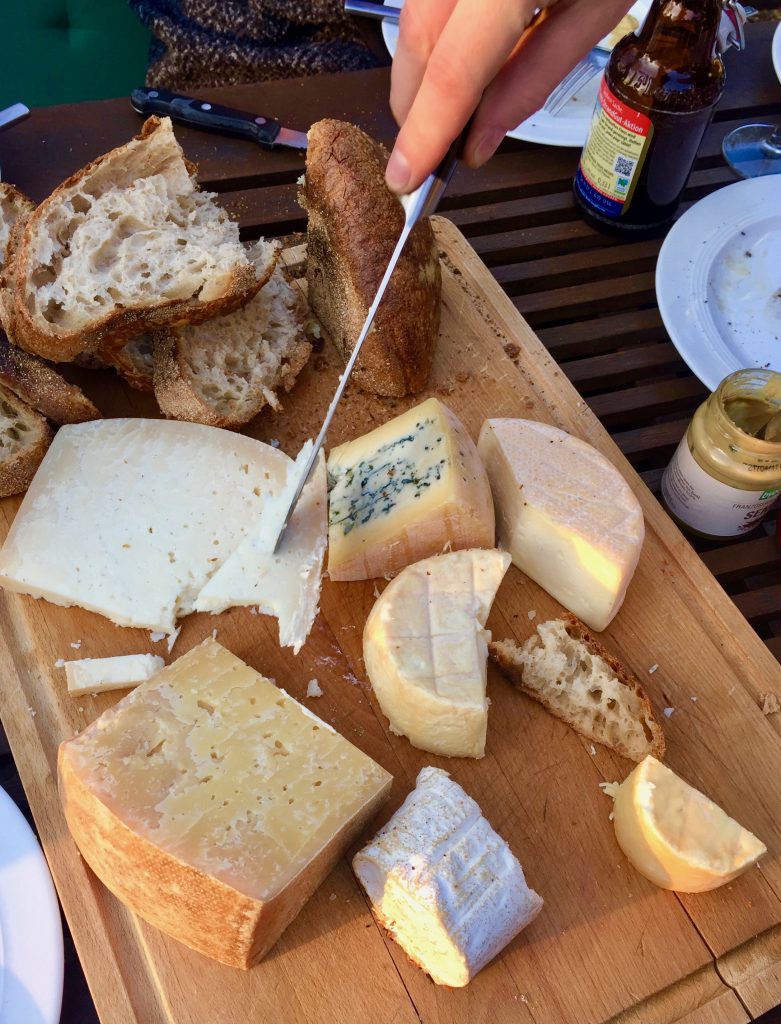
Backensholz Hof is located at Schwabstedter Damm 8, 25885 Oster-Ohrstedt. Contact details as follows: service@backensholz.de or find them on Facebook. Alte Milch is open Tuesday, Wednesday & Friday from 12–7p, Street Food Thursday from 5–10p and Saturday from 10a–6p located at Markthalle Neun, Eisenbahnstr. 42, 10997 Berlin. Find them on Instagram and Facebook
About the author: Kathe of Levain Berlin is an extremely talented and avid fermenter. She regularly holds fermenting workshops all over the world and strives to spread the importance that fermentation has held in every culture around the world. Follow her on her Instagram page for more information about her projects.
